Companies that take proactive steps to cultivate employees’ green skills internally will be better positioned to thrive in an increasingly sustainability-focused world. The question is no longer whether your company needs green talent, it’s how you plan to develop it.
Table of Contents

Is your company lacking the necessary "green talent"?
As organizations strengthen and sophisticate their sustainability efforts, a growing challenge is emerging across the world: a lack of “green talent”, this is, a lack of workers or job seekers who are equipped with the necessary skills to drive organizations’ sustainability agendas forward.
In fact, recent data published in LinkedIn’s 2024 Global Green Skills Report greatly highlights the urgency of this matter. On the one hand, the report showcases how between 2023 and 2024, global demand for green talent grew at twice the rate of supply, with demand increasing by 11.6% compared to a 5.6% rise in supply. ç
This widening gap clearly reflects quite an unsettling reality: there simply aren’t enough qualified individuals to meet the growing needs of businesses striving to achieve sustainability goals.
How a CSO drives sustainable change across the organization
Today, the race to attract such a scarce selection of green talent is intensifying as companies strive to embed sustainability across the entire organization. And while the rising prevalence of green skills is encouraging, the current rate of growth is insufficient to keep up with corporate (and planetary) needs.
For organizations, this scarcity means they must rethink their approach to building a workforce capable of supporting sustainability goals, and given the challenge of finding such talent externally, many are now looking inward.
Building green skills from within
Faced with the green talent gap we described above, companies must rethink their approach to building a workforce which is capable of supporting sustainability goals.
One of the most effective solutions lies in looking inward, this is, training and upskilling existing employees to equip them with the green skills necessary for making sustainability a central part of their day to day operations.

Investing in internal training programs instead of looking for talent outwards offers several advantages; on one hand, it allows companies to tailor the skill development process to their specific needs, ensuring employees gain expertise directly relevant to their roles. By leveraging internal knowledge and resources, companies can develop a workforce that is uniquely aligned with their sustainability priorities.
On the other hand, upskilling internal talent it’s an excellent tool for fostering employee engagement and retention. Workers are more likely to feel valued when employers invest in their professional development. By offering green skills training, companies position themselves as forward-thinking employers committed to individual and collective growth.
How can companies build a successful training program?
Creating successful internal training initiatives and programs requires thoughtful planning and execution from organizations. Here we have gathered some key steps companies can take to start upskilling their employees effectively.
First thing’s first, identify skills gaps in your workforce: Begin by assessing your organization’s current capabilities against its sustainability goals and identify specific areas where skills gaps exist.
Collaboration with experts is key to a successful beginning: Partner with educational institutions, industry associations, or third-party training providers to design programs that address your unique needs. Leveraging external expertise can ensure your employees receive high-quality and up-to-date training.
Do your employees know how to contribute to the ESG strategy?
Hands-on learning is the way to go: Practical experience is essential for mastering anything, including green skills. Offering opportunities for employees to work on real-world projects is key.
Leverage technology to make training more accessible: Using digital tools makes training more accessible and engaging; from online courses to gamified learning platforms, technology is really helpful for employees to build skills at their own pace.
How sustainability leaders build a skilled workforce
The talent gap could in fact be seen as merely another challenge, but it is also interesting to think of it as an opportunity for forward-thinking organizations to lead the way in building a greener future.
By prioritizing internal training and upskilling, companies can transform their workforces into powerful drivers of sustainability, while simultaneously enhancing employee satisfaction and loyalty.
As the demand for green talent continues to outpace supply, sustainability leaders must act now, because companies that take proactive steps to cultivate these skills internally will be better positioned to thrive in an increasingly sustainability-focused world. The question is no longer whether your company needs green talent, it’s how you plan to develop it.
Engaging employees in sustainability
In DoGood, we aim to simplify the complex web of sustainability objectives for companies by offering a platform that translates the high-level ESG (Environmental, Social, Governance) objectives into actionable tasks for every single employee.
Then, each employee not only knows how to make an impact but also feels empowered to contribute meaningfully to the greater sustainable strategy.
No more vague directives. No confusion. DoGood automates the process, making it seamless for the workforce to know precisely what steps to take.







